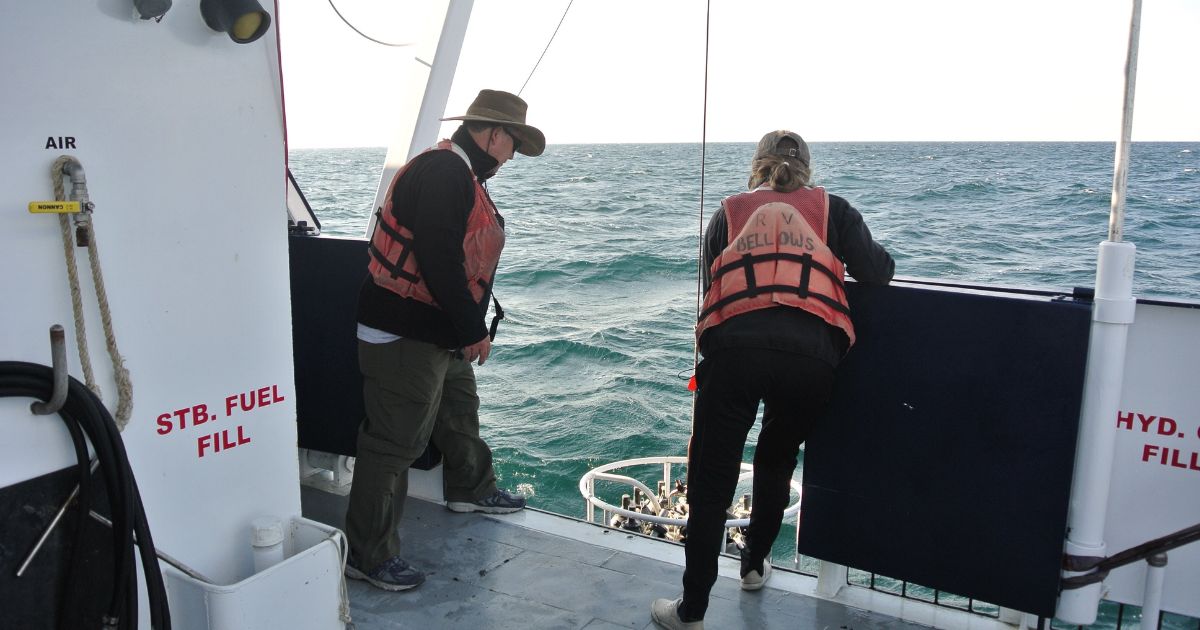The Earth’s largest habitat is one of the least characterized: the water column.
The connections to the ocean’s water column far exceed what meets the eye. Interaction with the air we breathe, the seafood we eat, the products we use, and the money we make marks the water column as a space more vital to explore.
Better understanding the interplay between the water column’s chemistry, currents, and physical dynamics would seem the most productive route to bridging the apparent knowledge gaps. For this reason alone, now more than ever, innovation and development of accurate, reliable technology and motivated industry stakeholders are needed to target these questions and field practical solutions that set out to address the mounting challenges associated with sea-level rise, ocean circulation, carbon storage, acidification, and warming.
Chemical & Physical Measurements
Using sensors is one of the leading solutions to obtaining consistent, accurate water column data. Multiparameter sondes, like those made by In-Situ, have helped maintain long, historical water quality records. Recent advances in measurement technology have significantly accelerated our capacity to measure and analyze essential chemical constituents within several nutrient cycles.
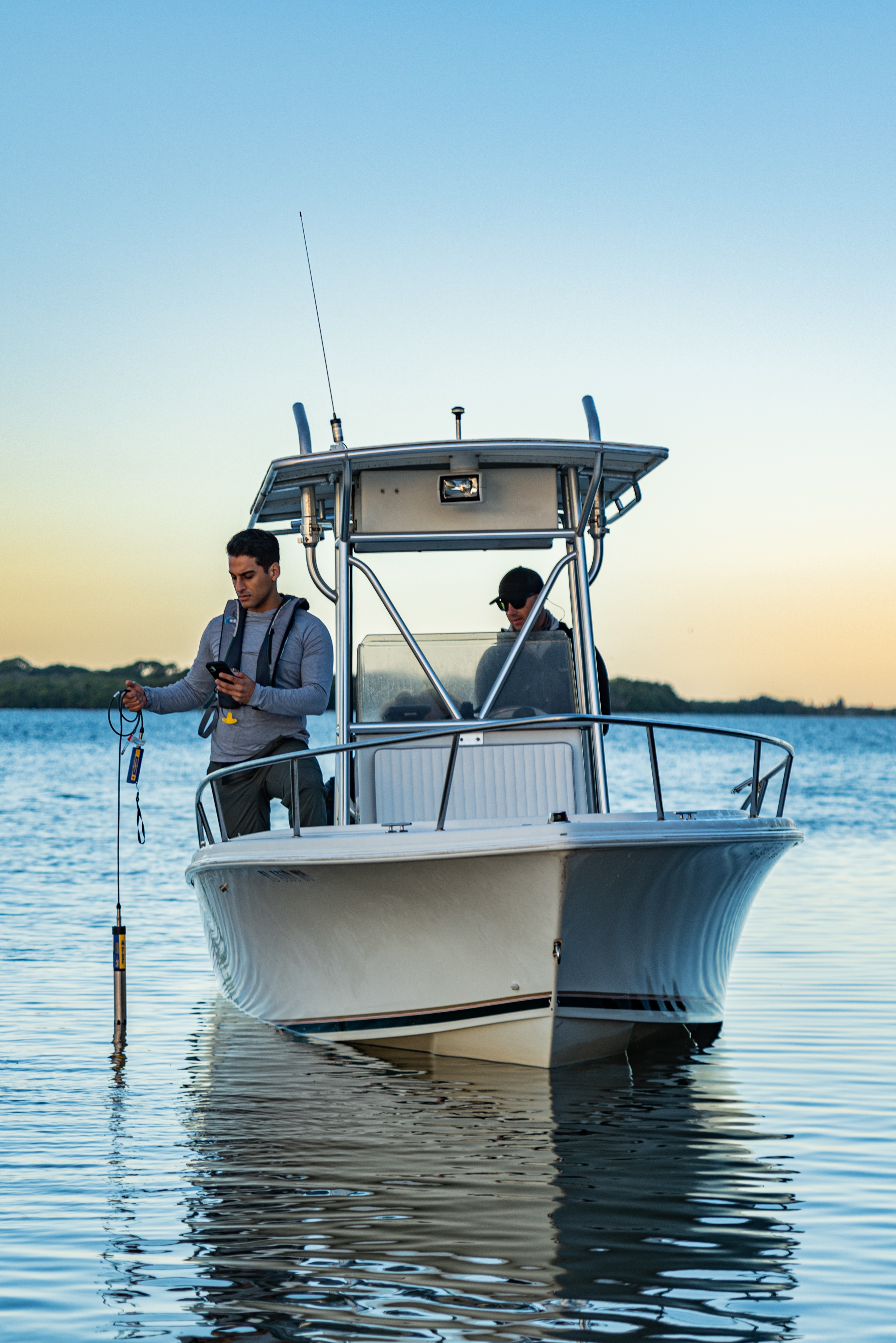 Scientists deploying Aqua TROLL for water measurements. (Image credit: In-Situ)
Scientists deploying Aqua TROLL for water measurements. (Image credit: In-Situ)
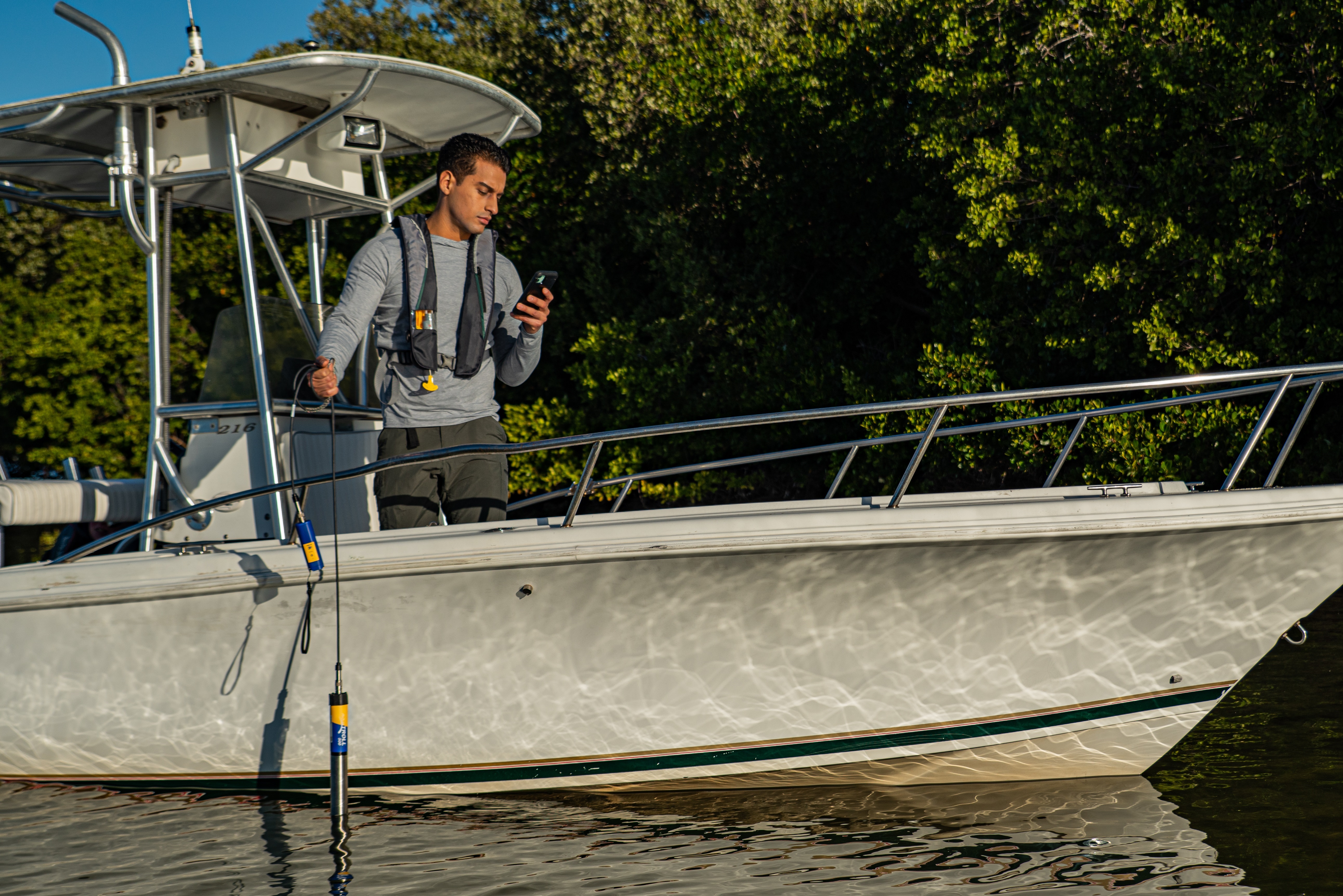 Researcher using Aqua TROLL. (Image credit: In-Situ)
Researcher using Aqua TROLL. (Image credit: In-Situ)
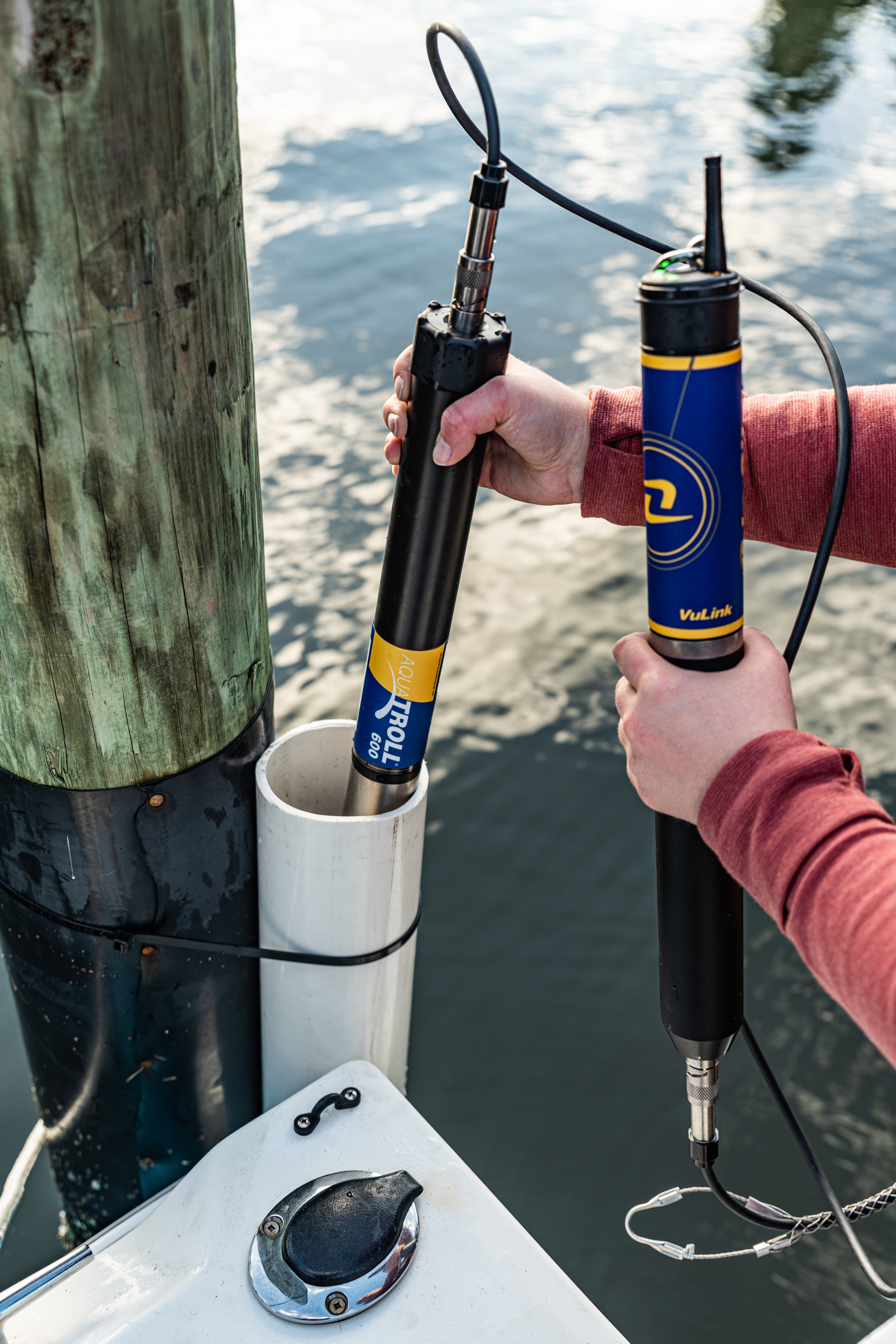 In-Situ Aqua TROLL sonde in action. (Image credit: In-Situ)
In-Situ Aqua TROLL sonde in action. (Image credit: In-Situ)
Brock Houston, In-Situ application development manager for coastal shares, “we’ve improved coastal water quality monitoring with sensors that are simple to use through our free app for iOS and Android. Our patented sensor technology significantly reduces sensor drift and interferences. Combined with our anti-fouling solutions, these features significantly improve the maintenance intervals of all of our instruments. This means fewer trips out in the field while getting more accurate data during deployment.”
In-situ sensor technology like ortho-phosphate sensors created by Dartmouth Ocean Technologies could offer comprehensive solutions in monitoring and modeling phosphate cycling (a central marine bio-limiting nutrient) through the water column.
To provide accurate and reliable tools capable of measuring analytes of the carbon cycle, ProOceanus and Apollo SciTech have both presented technology capable of measuring chemicals needed to determine the water column’s partial pressure of CO2—a critical measurement required for monitoring and modeling ocean acidification and the carbon cycle.
“In-situ sensors capable of accurately measuring chemical and physical analytes in the water column have made monitoring and understanding marine environments that much easier and have decreased the overall effort. In the end this allows us to obtain much needed information in a more sustainable way,” says Mark Barry, Pro-Oceanus.
Outside of chemical sensors, physical ocean currents and circulation constantly change based on the data input into algorithm-based models. Nortek and Teledyne Marine both offer Acoustic Doppler Current Profilers (ADCP) capable of measuring ocean current velocity at different depths.
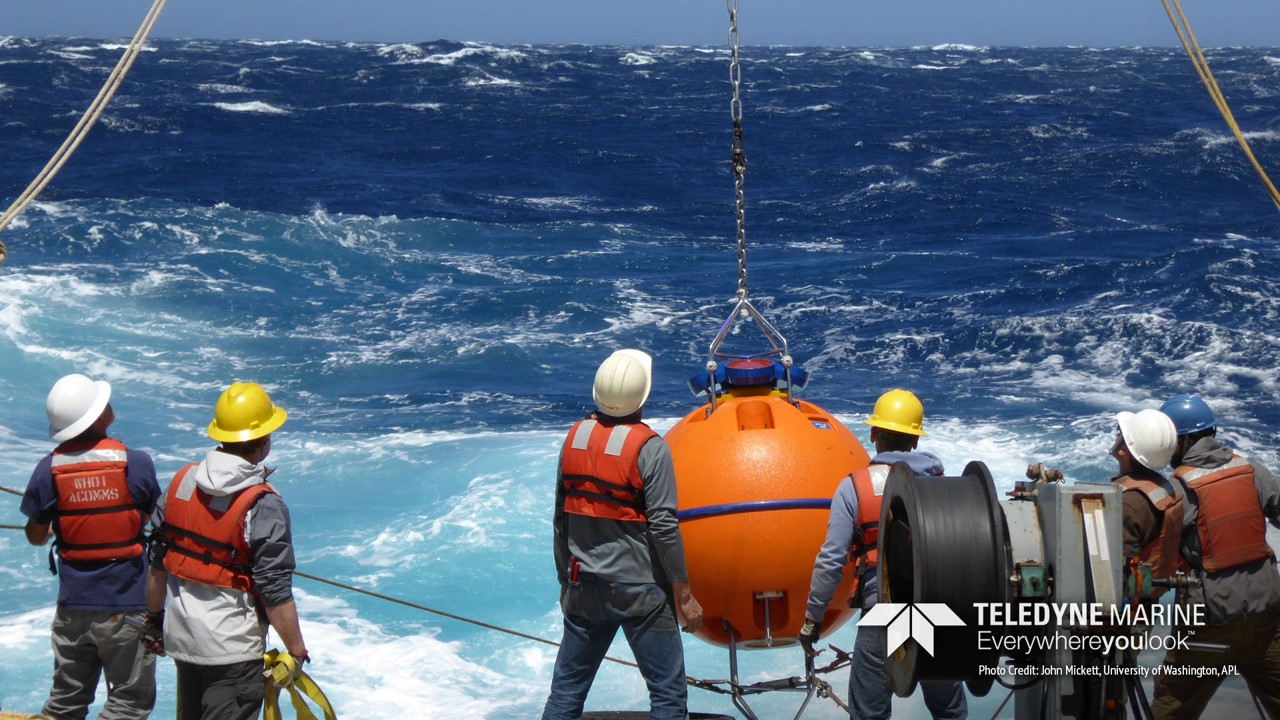 A Teledyne Marine ADCP being retrieved with down weight. (Image credit: John Mickett, University of Washington)
A Teledyne Marine ADCP being retrieved with down weight. (Image credit: John Mickett, University of Washington)
Janice Tasui, Teledyne Marine product line manager, adds, “through exploration of the water column we have learned ocean currents are so much more than just their direction and speed. Teledyne RDI’s ADCPs deliver current data which are the foundation upon which oceanographers build data sets to quantify nutrient cycle fluxes, give insight into the movement of fish larvae important to sensitive fisheries, and predict the movement of important elements—even heat and energy—around the globe.”
Together chemical and physical ocean measurement technology can tell a unique story. Saltwater sensor products and services will be relied upon continually to provide the data needed for sound applied marine science-based solutions and therefore solidifies the need for sensor advancement and improvement in the future.
Bio-Based Measurements
Outside of the more conventional chemical and physical measurements obtained by research and industry professionals, ocean sensor and topside technology has also broken into the biogeochemical realm and is now capable of measuring more biotic measurements.
Sensors, such as the C3 Submersible Fluorometer created by Turner Designs, can now measure pigment concentrations vital in monitoring and quantifying harmful algal blooms (HABs) and primary productivity, both of which impact fisheries and overall ocean health.
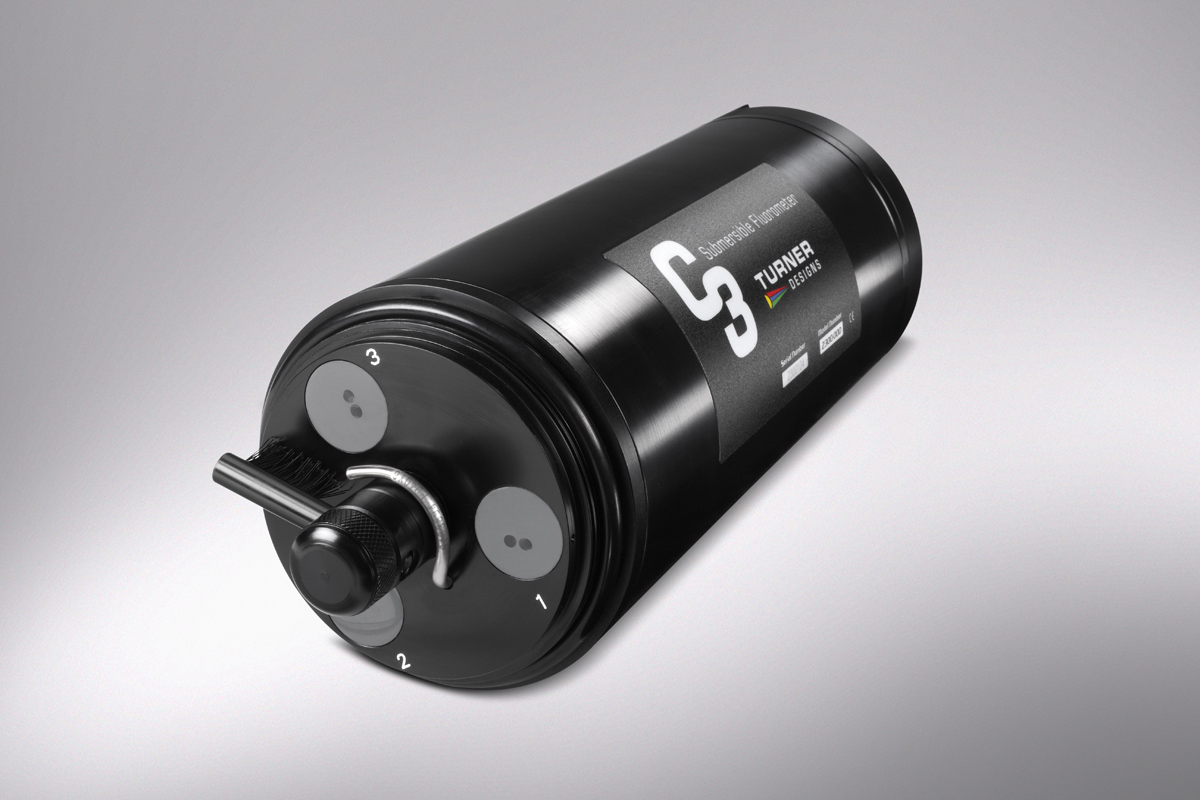 Turner Designs C3 Submersible Fluorometer. (image credit: Turner)
Turner Designs C3 Submersible Fluorometer. (image credit: Turner)
“Turner Designs’ optical sensors seamlessly integrate with your instruments allowing for better characterization of aquatic habitats,” says Turner Designs.
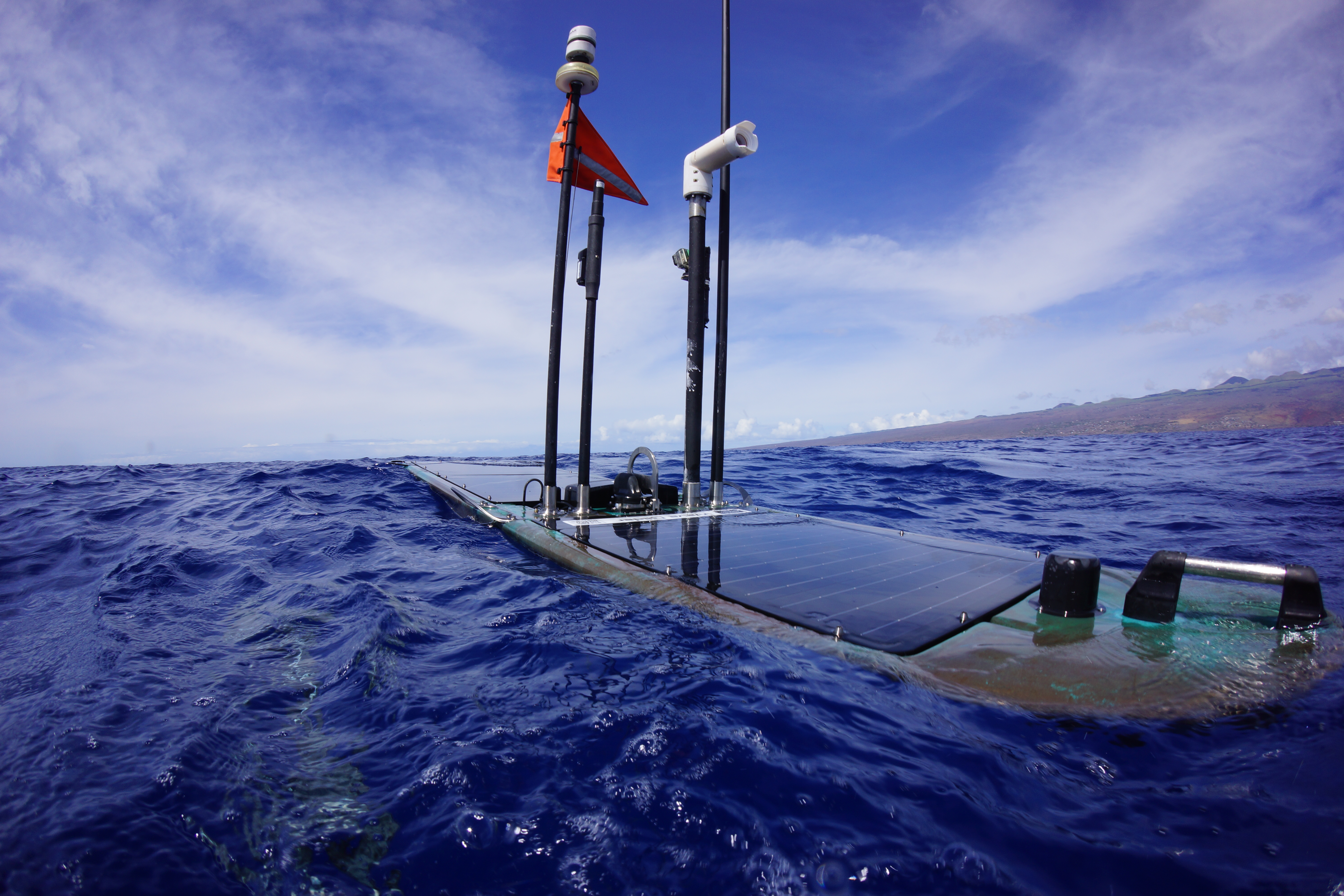
Besides biotic pigments, new technology in the realm of eDNA, like the Environmental Sample Processor (ESP) developed by McLane Labs, enables scientists and researchers to resolve questions surrounding temporal marine environment biodiversity.
Scientist Absent Profiling
Let’s face it; the ocean is a formidable and ever changing. Extreme environments, violent maritime storms, persistent biofouling, and impassable pressure at depth are a few tiresome issues the industry faces while exploring the ocean.
Humans have limits to what they can physically do, so we turn to robotic solutions. Technologies like ocean gliders and autonomous vehicles—above and below the waterline—can go where humans cannot. But it is in those exact places and in those precise moments that we require the most reliable information to inform data-led inferences and action-orientated decisions.
To bridge the gap, innovations like the Wirewalker created by Del Mar Oceanographic provide scientists, and stakeholders access to the water column and the data there inside. In addition to physical access to the water column, autonomous profilers offer solutions that also decrease the need for extensive shipboard operations, increasing the overall sustainability of obtaining water column data.
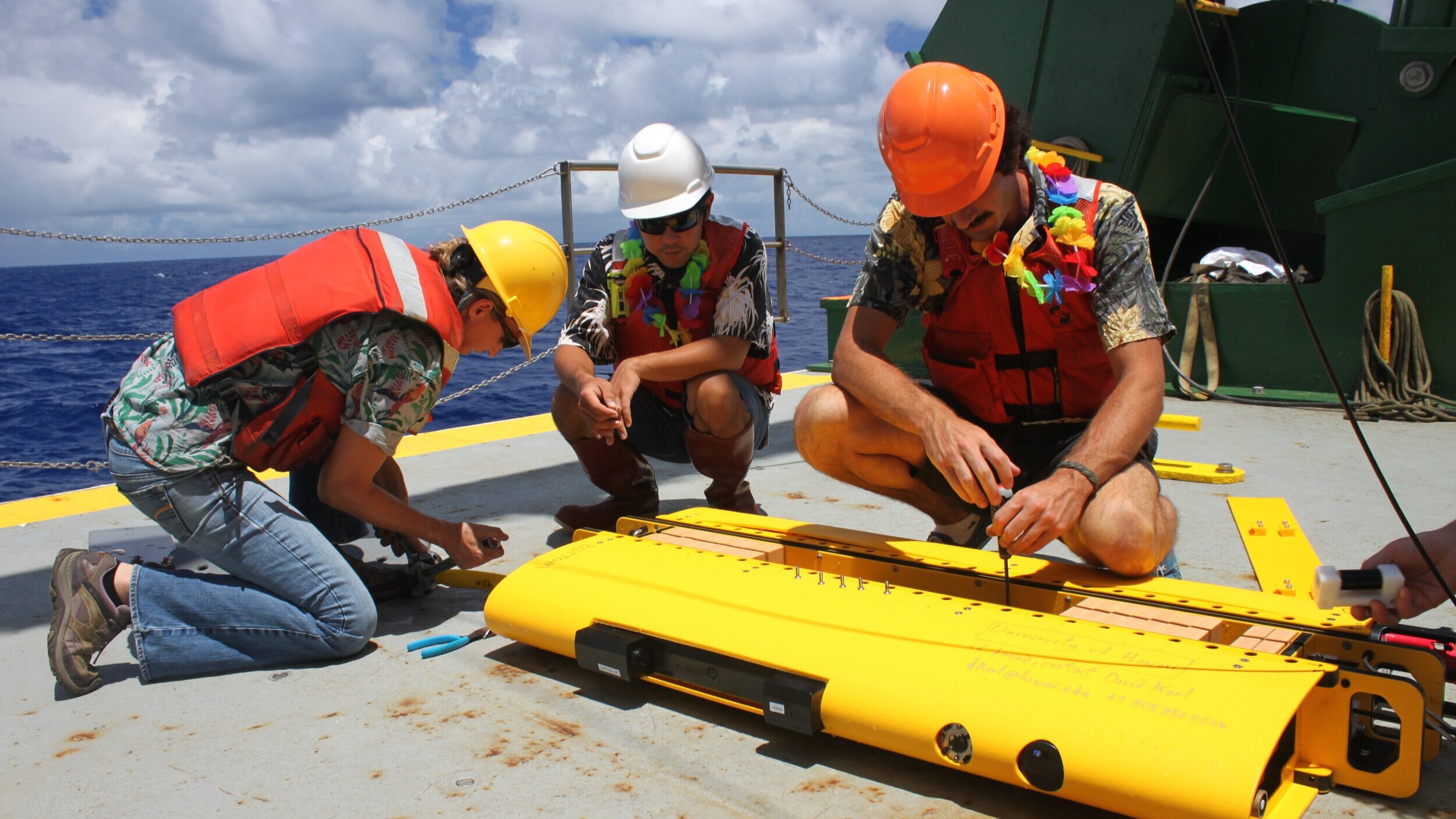 Wirewalker outfitted with various sensors including a CTD. (Image credit: Del Mar Oceanographic)
Wirewalker outfitted with various sensors including a CTD. (Image credit: Del Mar Oceanographic)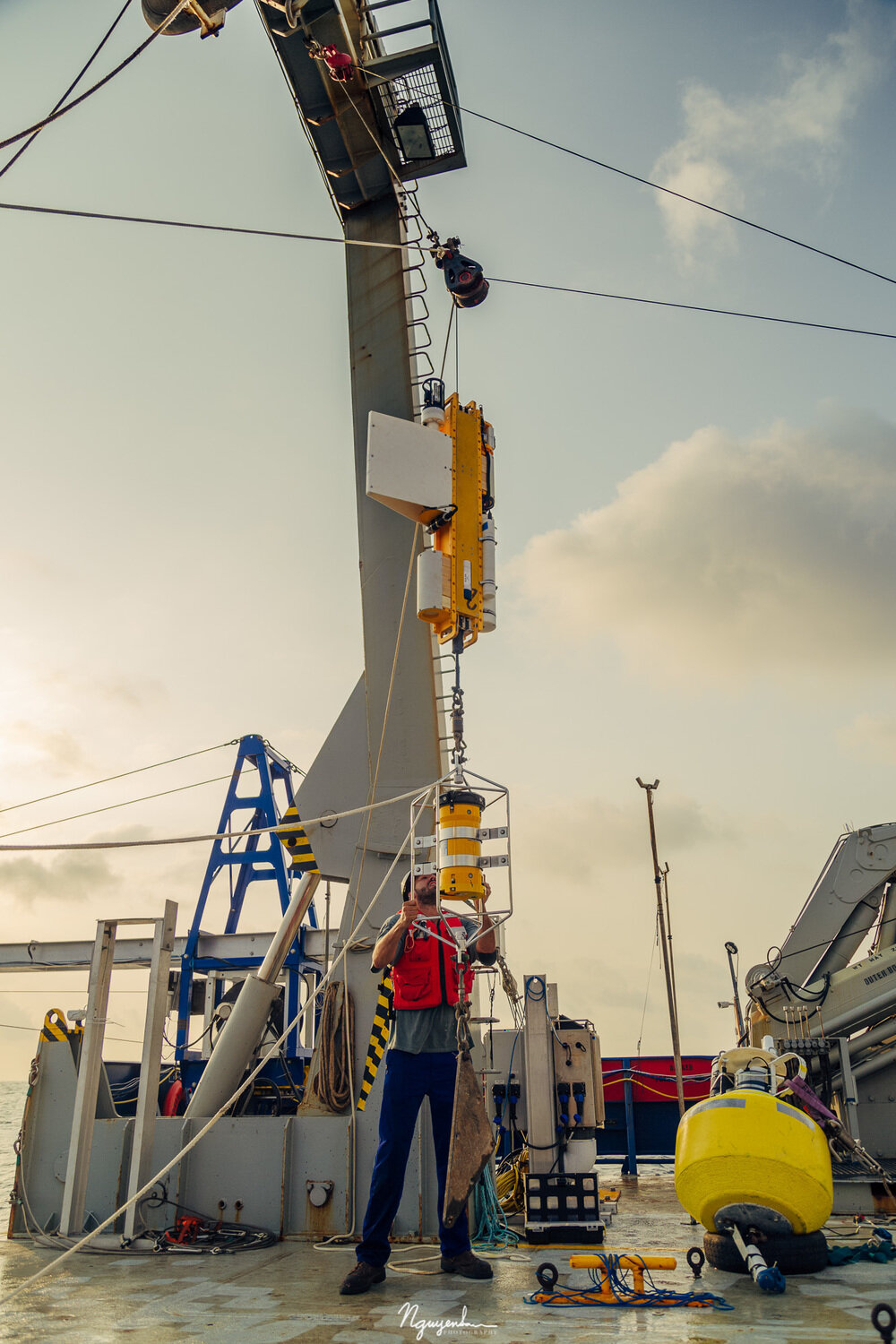 Wirewalker with ADCP incorporated into the downweight. (Image credit: Del Mar Oceanographic)
Wirewalker with ADCP incorporated into the downweight. (Image credit: Del Mar Oceanographic)
"The Wirewalker offers ocean observers an affordable way of collecting extremely high-resolution water column data, both vertically and in time; providing an actual, accurate view of subsurface dynamics. Its smooth, decoupled ascent provides a quiet measurement opportunity for a wide variety of sensor payloads, which can be tailored to a specific project, application, or need,” states Chris Kontoes, Del Mar Oceanographic.
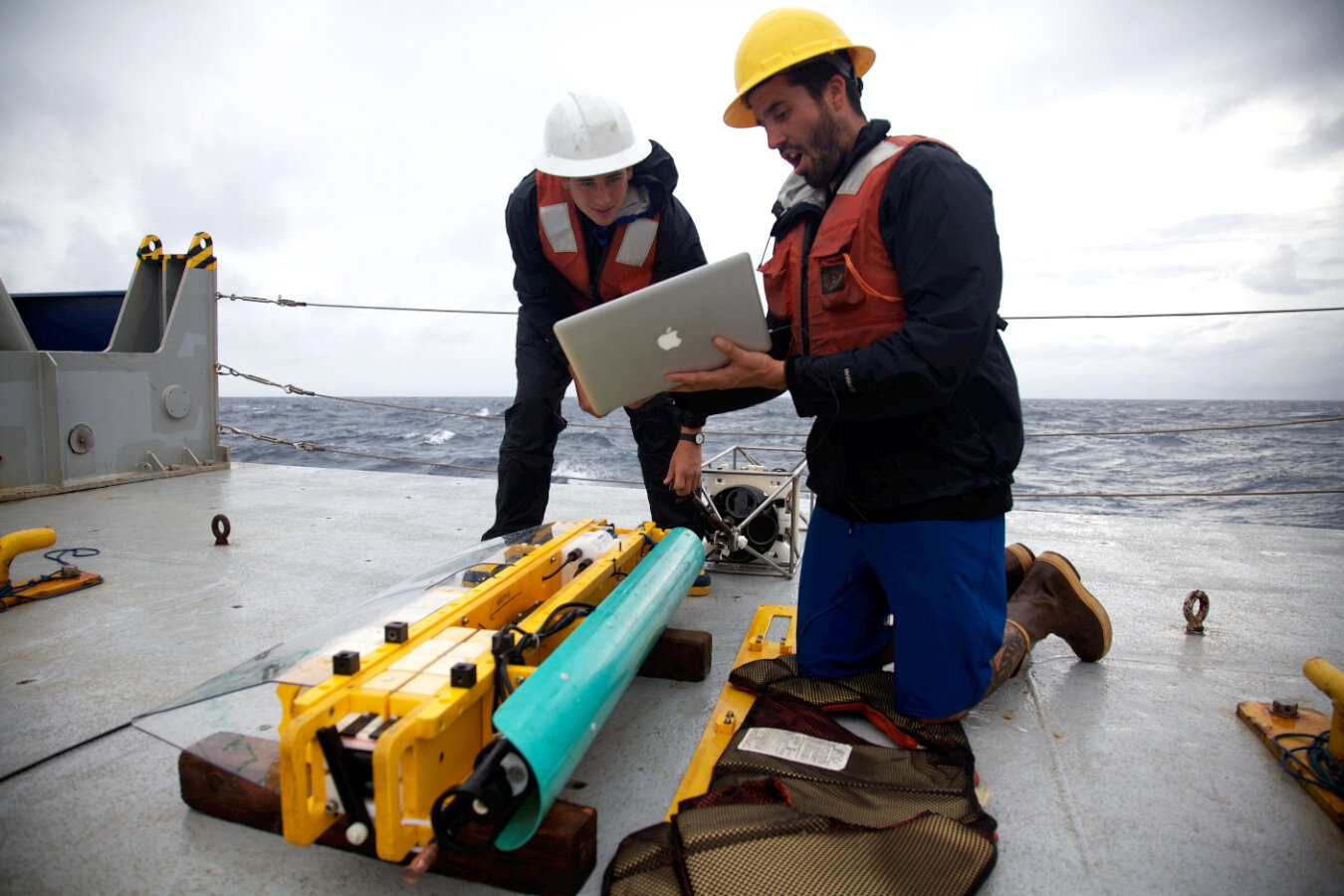 Programming CTD onboard with an early version of the Wirewalker. (Image credit: Del Mar Oceanographic)
Programming CTD onboard with an early version of the Wirewalker. (Image credit: Del Mar Oceanographic)
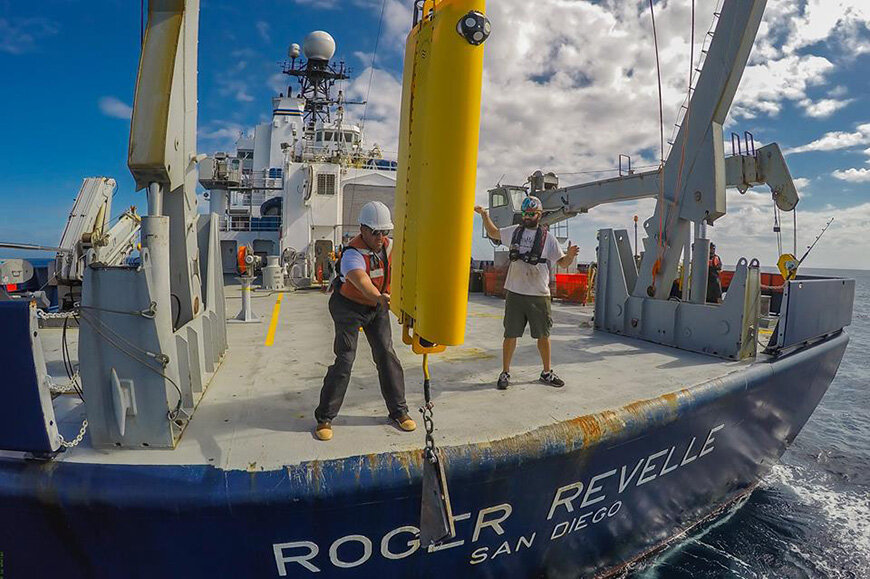 Retrieving the Wirewalker. (Image credit: Del Mar Oceanographic)
Retrieving the Wirewalker. (Image credit: Del Mar Oceanographic)
Projects like BIO-Carbon’s launch of autonomous carbon measuring robots, funded by the Natural Environmental Research Council (NERC) Net Zero Oceanographic Capability (NZCO) program, provide an example of scientist-absent profiling being a sustainable solution for ocean exploration.
Validation & Verification
Is the data accurate, reliable, and verifiable? This will be one of the biggest questions raised by governments and environmental policy bodies tasked with governing how we use ocean resources.
Through extensive quality assurance and quality control (QAQC) procedures—during data collection, processing, and modeling—organizations and companies like NOAA, Fugro, and AECOM have helped provide the data needed to answer questions and make sound decisions.
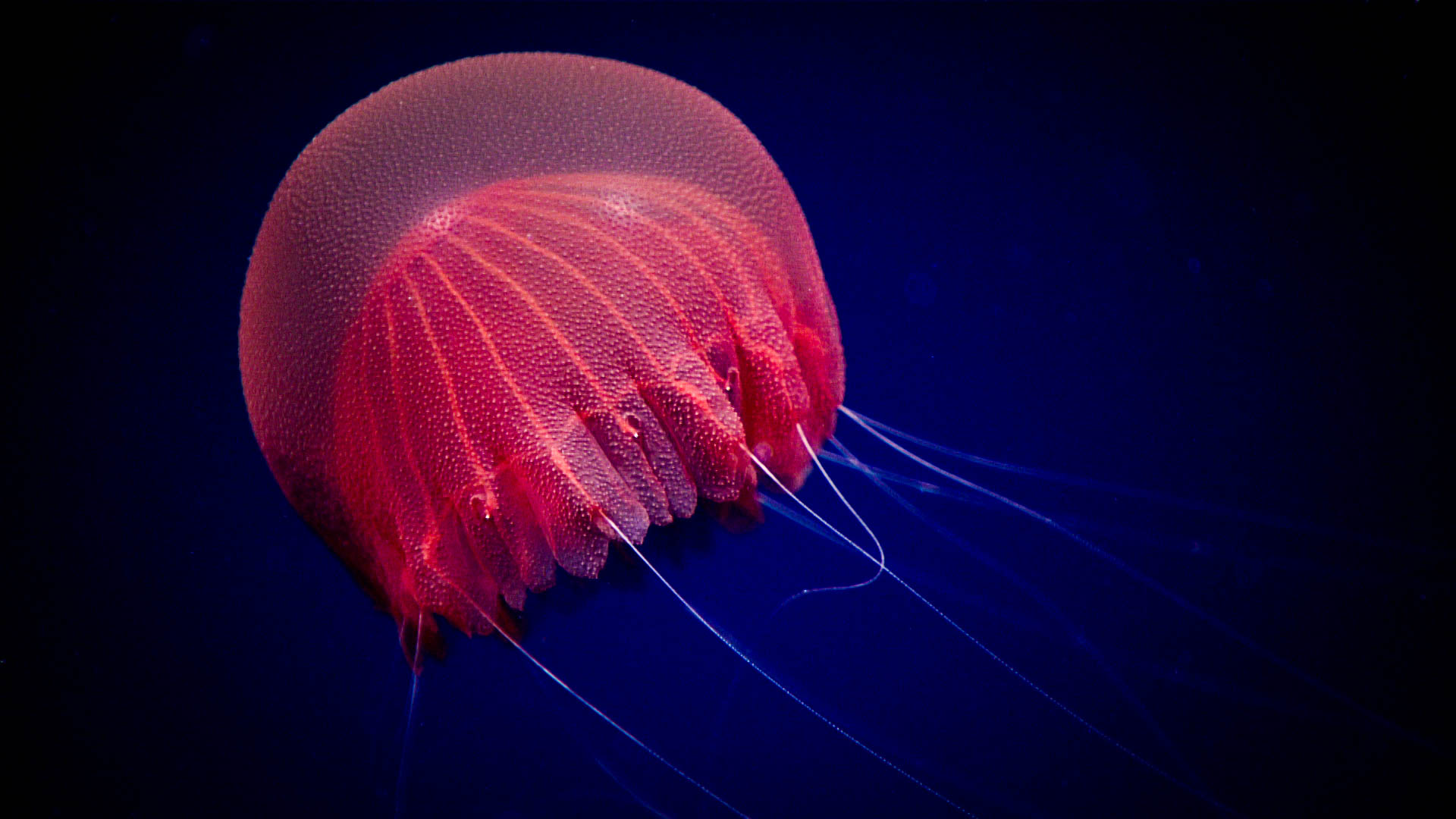 This jellyfish (Poralia sp.) was seen 1,054 meters below the surface of the Gulf of Mexico. (Image credit: NOAA Ocean Exploration)
This jellyfish (Poralia sp.) was seen 1,054 meters below the surface of the Gulf of Mexico. (Image credit: NOAA Ocean Exploration)
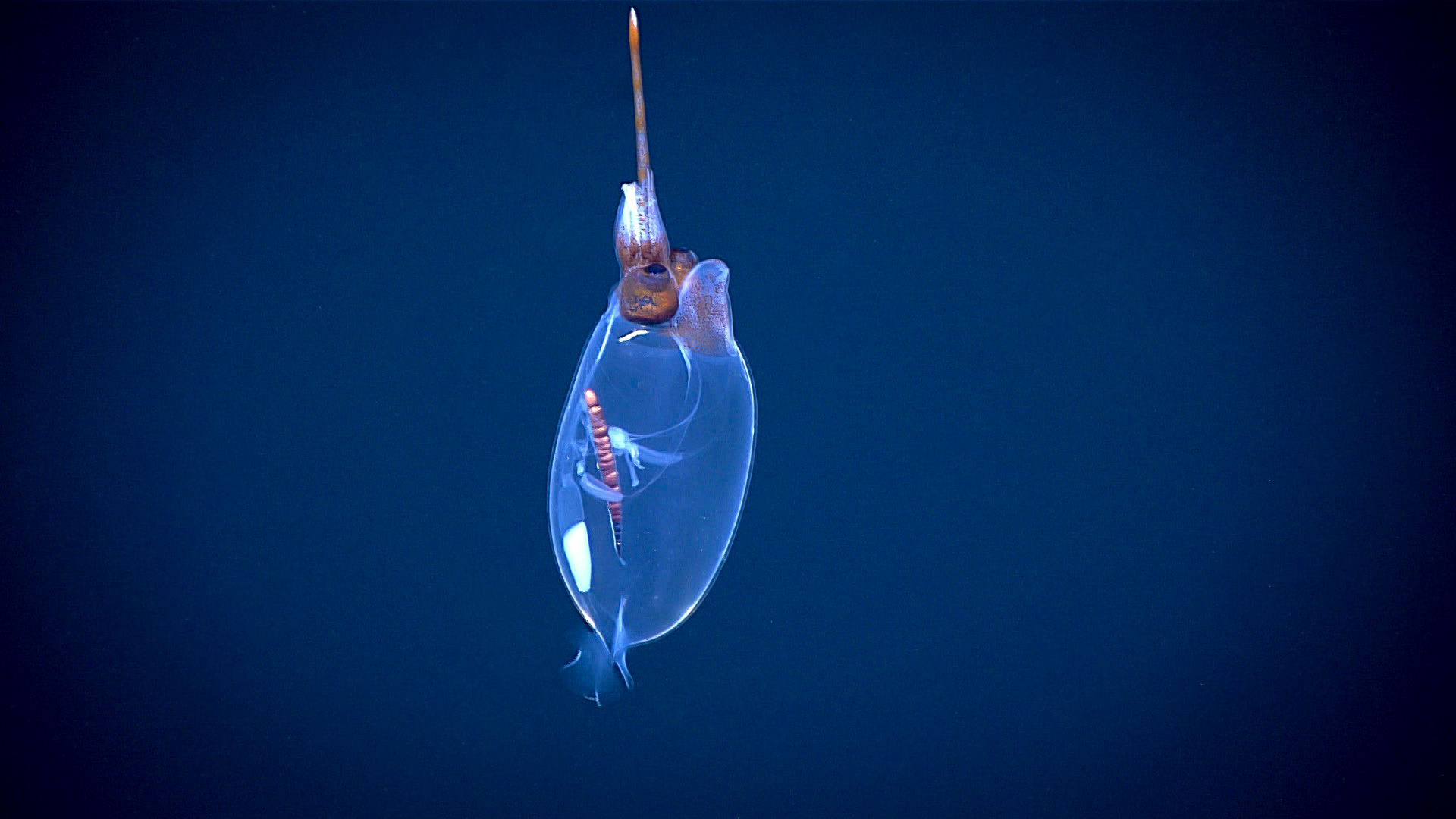 A glass squid seen at a depth of 700 meters in the Hawaiian Islands. (Image credit: NOAA Ocean Exploration)
A glass squid seen at a depth of 700 meters in the Hawaiian Islands. (Image credit: NOAA Ocean Exploration)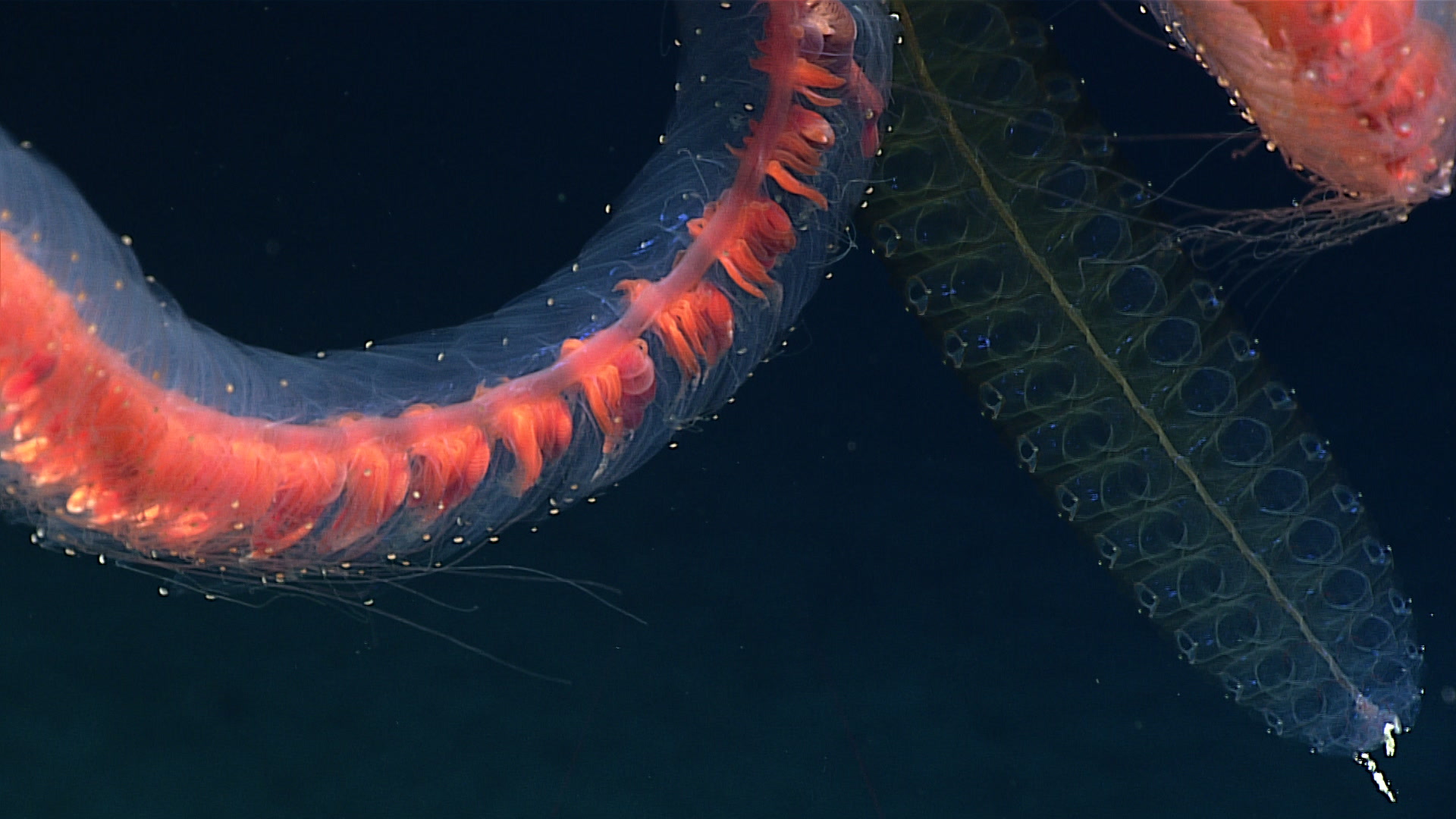 Siphonophores appear to be a single organism, but they are colonies of individual hydrozoans. (Image credit: NOAA Ocean Exploration)
Siphonophores appear to be a single organism, but they are colonies of individual hydrozoans. (Image credit: NOAA Ocean Exploration)
"The importance of the water column to the ocean and the future of life on our planet can't be understated. Despite its importance as habitat and to the food web as well as its vital role in the global carbon and other biogeochemical cycles, there's still so much we have to learn. By collecting and sharing baseline water column data, NOAA Ocean Exploration is helping open up new paths for discovery and understanding," said Adrienne Copeland, physical scientist, NOAA Ocean Exploration.
Outside of organizations and companies adhering to QAQC guidelines and practices, it will also be necessary for the industry to provide references and best practices to which new ocean data can be compared.
For example, programs providing certified reference materials—such as those produced by Dr. Andrew Dickson of Scripps Institution of Oceanography—will be relied on to ensure valid, accurate data on which global, regional, and local policy can be based.
Data, produced through validated and verifiable means, is robust in that it can be used unequivocally to provide guidance and policy on ocean resources and use.
Innovation & Improvement
Sensors coming online that can accurately quantify nutrient concentrations, pH, turbidity, fluorometric pigments, and eDNA will help clarify questions surrounding phenomena like ocean acidification, harmful algal blooms (HABs), pollution, and more.
Overall, the call made by governments, scientists, and the marine industry intersects and concurs with the need for sustainable ocean exploration solutions. Technical solutions are needed to monitor, measure, and quantify water column chemical, physical, and biogeochemical characteristics.
While one specific category—in-situ sensors, autonomous profiling, or ship-based sampling—will not be held as the winner, the combination of them all will lead the applied marine science sector to make sustainable, science-guided decisions of the future.
This exclusive feature was published in Environment, Coastal & Offshore (ECO) Magazine’s 2023 spring issue—Sustainable Ocean Exploration. To read more features like this one, visit: http://digital.ecomagazine.com/publication/?i=784436.


